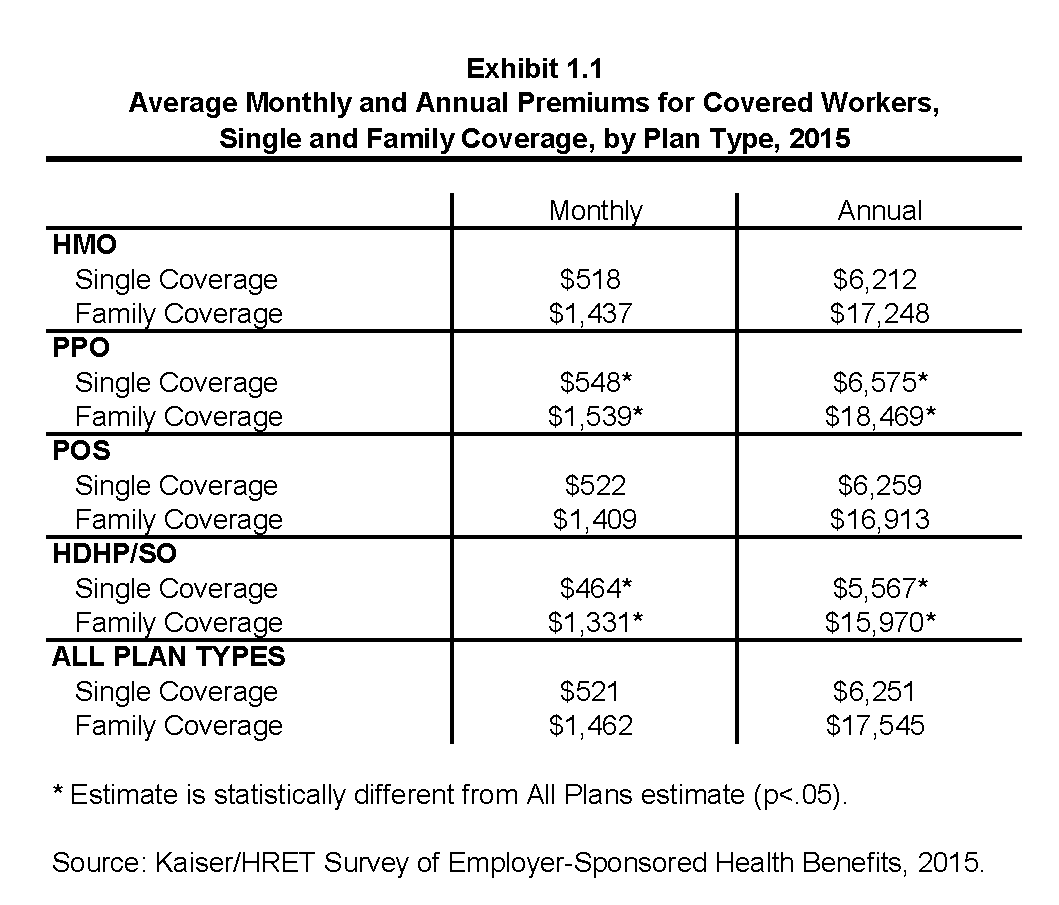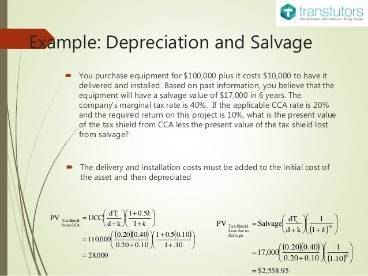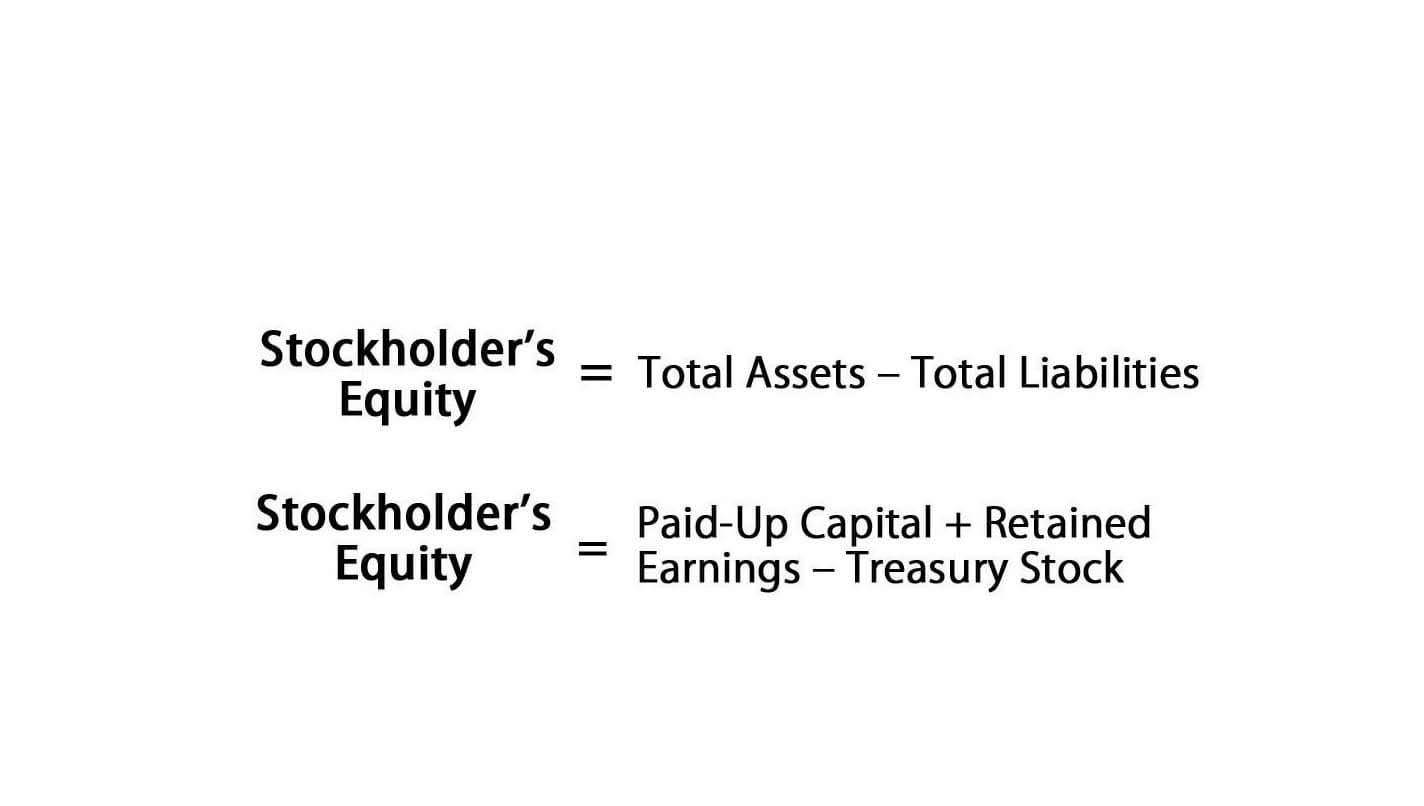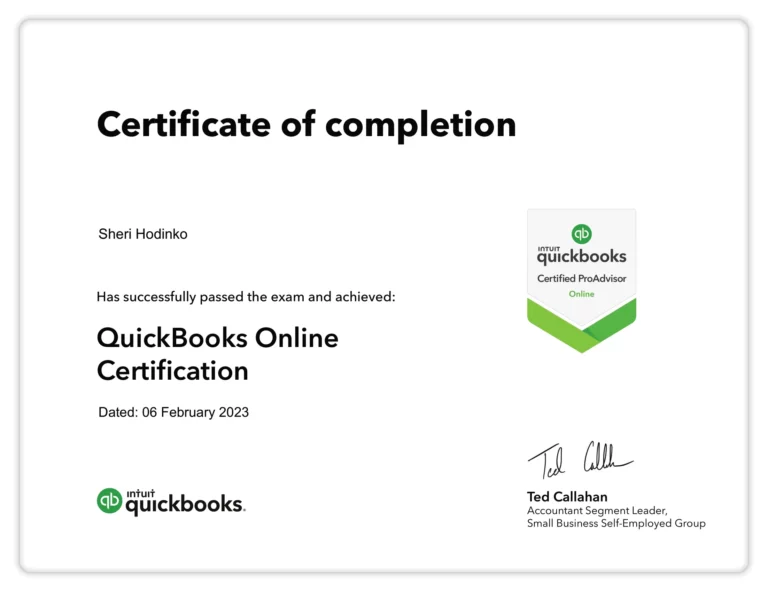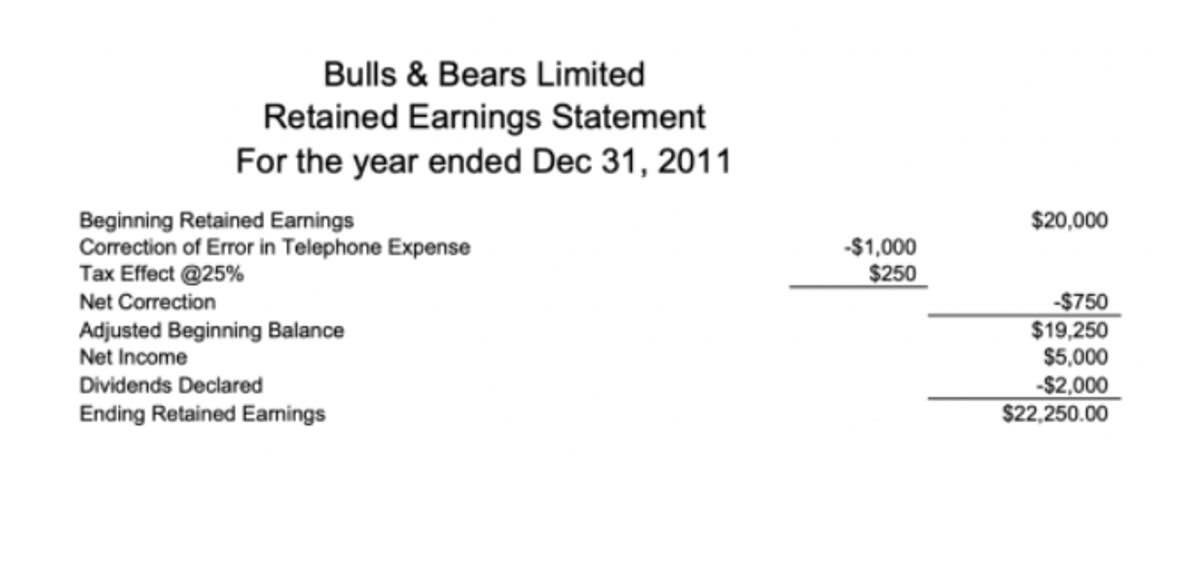To find the cost valuation of ending inventory, we need to track the cost of inventory received and assign that cost to the correct issue of inventory according to the FIFO assumption. Calculate the value of Bill’s ending inventory on 4 January and the gross profit he earned on the first four days of business using the FIFO method. On 1 January, Bill placed his first order to purchase 10 toasters from a wholesaler at the cost of $5 each. In addition, consider a technology manufacturing company that shelves units that may not operate as efficiently with age. No, the LIFO inventory method is not permitted under International Financial Reporting Standards (IFRS).
- The biggest disadvantage to using FIFO is that you’ll likely pay more in taxes than through other methods.
- The FIFO flow concept is a logical one for a business to follow, since selling off the oldest goods first reduces the risk of inventory obsolescence.
- Therefore, it is important that serious investors understand how to assess the inventory line item when comparing companies across industries or in their own portfolios.
- The actual inventory valuation method used does not need to follow the actual flow of inventory through a company, but an entity must be able to support why it selected the inventory valuation method.
- The remaining 25 items must be assigned to the higher price, the $15.00.
- Second, every time a sale occurs, we need to assign the cost of units sold in the middle column.
Consequently, the parts conveniently slide toward the operator as he places empty containers onto the bottom rack to signal replenishment. For all other noncovered shares, we’ll first sell the shares for which we don’t have an acquisition date, followed by the shares with the earliest acquisition date. As with mutual fund shares, we’ll report the basis of the noncovered shares to you, if we know it, but won’t send it to the IRS. Using FIFO, the COGS would be $1,100 ($5 per unit for the original 100 units, plus 50 additional units bought for $12) and ending inventory value would be $240 (20 units x $24). Here are answers to the most common questions about the FIFO inventory method. If you have items stored in different bins — one with no lot date and one with a lot date — we will always ship the one updated with a lot date first.
We and our partners process data to provide:
For many companies, inventory represents a large, if not the largest, portion of their assets. Therefore, it is important that serious investors understand how to assess the inventory line item when comparing companies across industries or in their own portfolios. The value of remaining inventory, assuming it is not-perishable, is also understated with the LIFO method because the business is going by the older costs to acquire or manufacture that product. A company also needs to be careful with the FIFO method in that it is not overstating profit. This can happen when product costs rise and those later numbers are used in the cost of goods calculation, instead of the actual costs.
Let’s say that a new line comes out and XYZ Clothing buys 100 shirts from this new line to put into inventory in its new store. Ecommerce merchants can now leverage ShipBob’s WMS (the same one that powers ShipBob’s global fulfillment network) to streamline in-house inventory management and fulfillment. For brands looking to store inventory and fulfill orders within their own warehouses, ShipBob’s warehouse management system (WMS) can provide better visibility and organization. Of course, you should consult with an accountant but the FIFO method is often recommended for inventory valuation purposes (as well as inventory revaluation). For example, say a rare antiques dealer purchases a mirror, a chair, a desk, and a vase for $50, $4,000, $375, and $800 respectively. If the dealer sold the desk and the vase, the COGS would be $1,175 ($375 + $800), and the ending inventory value would be $4,050 ($4,000 + $50).
FIFO Tax Implications
Though it’s the easiest and most common valuation method, the downside of using the FIFO method is it can cause major discrepancies when COGS increases significantly. Due to inflation, the more recent inventory typically costs more than older inventory. With the FIFO method, since the lower value of goods are sold first, the ending inventory tends to be worth a greater value.
What is the biggest con of using the FIFO method?
It is an alternative valuation method and is only legally used by US-based businesses. Typical economic situations involve inflationary markets and rising prices. In this situation, if FIFO assigns the oldest costs to the cost of goods sold, these oldest costs will theoretically be priced lower than the most recent inventory purchased at current inflated prices. When a business buys identical inventory units for varying costs over a period of time, it needs to have a consistent basis for valuing the ending inventory and the cost of goods sold. In addition to being allowable by both IFRS and GAAP users, the FIFO inventory method may require greater consideration when selecting an inventory method. Companies that undergo long periods of inactivity or accumulation of inventory will find themselves needing to pull historical records to determine the cost of goods sold.
For most companies, FIFO is the most logical choice since they typically use their oldest inventory first in the production of their goods, which means the valuation of COGS reflects their production schedule. Corporate taxes are cheaper for a company under the LIFO method because LIFO allows a business to use its most recent product costs first. Reduced profit may means tax breaks, however, it may also make a company less attractive to investors. It’s recommended that you use one of these accounting software options to manage your inventory and make sure you’re correctly accounting for the cost of your inventory when it is sold. This will provide a more accurate analysis of how much money you’re really making with each product sold out of your inventory.
For example, consider the same example above with two snowmobiles at a unit cost of $50,000 and a new purchase for a snowmobile for $75,000. The sale of one snowmobile would result in the expense of $50,000 (FIFO method). Therefore, it results in poor matching on the income statement as the revenue generated from the sale is matched with an older, outdated cost.
What’s the difference between FIFO and LIFO?
Investors and banking institutions value FIFO because it is a transparent method of calculating cost of goods sold. It is also easier for management when it comes to bookkeeping, because of its simplicity. It also write off bad debt means the company will be able to declare more profit, making the business attractive to potential investors. For noncovered mutual fund shares, we’ll continue to report the basis to you using average cost.
Approximately one-third of food produced for humans each year is wasted. An AS/RS is useful in your warehouse space if you have an exceptionally high volume of loads moving in and out of storage. Depending on your company’s requirements, it may be a cheaper alternative to building more warehouse space or acquiring more property. Since machinery manages the loads, they can be packed together more densely.
Businesses using the LIFO method will record the most recent inventory costs first, which impacts taxes if the cost of goods in the current economic conditions are higher and sales are down. This means that LIFO could enable businesses to pay less income tax than they likely should be paying, which the FIFO method does a better job of calculating. It makes sense in https://www.wave-accounting.net/ some industries because of the nature and movement speed of their inventory (such as the auto industry), so businesses in the U.S. can use the LIFO method if they fill out Form 970. While FIFO refers to first in, first out, LIFO stands for last in, first out. This method is FIFO flipped around, assuming that the last inventory purchased is the first to be sold.
In its hardware form, a FIFO primarily consists of a set of read and write pointers, storage and control logic. Storage may be static random access memory (SRAM), flip-flops, latches or any other suitable form of storage. For FIFOs of non-trivial size, a dual-port SRAM is usually used, where one port is dedicated to writing and the other to reading. It applies not just to warehouses, but to store owners and even a consumer’s own kitchen.
When a company selects its inventory method, there are downstream repercussions that impact its net income, balance sheet, and ways it needs to track inventory. Here is a high-level summary of the pros and cons of each inventory method. All pros and cons listed below assume the company is operating in an inflationary period of rising prices.
While there is no one “right” inventory valuation method, every method has its own advantages and disadvantages. Here are some of the benefits of using the FIFO method, as well as some of the drawbacks. First in, first out (FIFO) warehousing is the most popular method for organizing your warehouse space. And at the accounting level, FIFO is one of the most accurate ways to calculate the amount of inventory available. The FIFO method introduces efficiency by limiting material handling and minimizing the overall usage of warehouse space. The remaining unsold 150 would remain on the balance sheet as inventory at the cost of $700.


